Forums
- Forums
- Duggy's Reference Hangar
- USAAF / USN Library
- Grumman XF5F-1 Skyrocket
Grumman XF5F-1 Skyrocket
Post a reply
- Go to Previous topic
- Go to Next topic
- Go to Welcome
- Go to Introduce Yourself
- Go to General Discussion
- Go to Screenshots, Images and Videos
- Go to Off topic
- Go to Works in Progress
- Go to Skinning Tips / Tutorials
- Go to Skin Requests
- Go to IJAAF Library
- Go to Luftwaffe Library
- Go to RAF Library
- Go to USAAF / USN Library
- Go to Misc Library
- Go to The Ops Room
- Go to Made in Germany
- Go to Campaigns and Missions
- Go to Works in Progress
- Go to Juri's Air-Raid Shelter
- Go to Campaigns and Missions
- Go to Works in Progress
- Go to Skinpacks
- Go to External Projects Discussion
- Go to Books & Resources
-
5 years agoFri Feb 05 2021, 12:07amDuggy
 Main AdminThe Grumman XF5F-1 Skyrocket was an odd looking bird. It was a one-off prototype built for the US Navy with a very unusual configuration. The wing?s leading edge extended forward of the fuselage nose giving it a bizarre look. It was the first twin-engine fighter intended for carrier use, but it never saw service.
Main AdminThe Grumman XF5F-1 Skyrocket was an odd looking bird. It was a one-off prototype built for the US Navy with a very unusual configuration. The wing?s leading edge extended forward of the fuselage nose giving it a bizarre look. It was the first twin-engine fighter intended for carrier use, but it never saw service.
It was not the Navy?s first twin-engine carrier airplane. That distinction goes to the 1926 Douglas XT2D-1 torpedo-bomber, but carrier trials planned for 1927 were never carried out.1
The story of the Skyrocket begins in 1935 when the US Navy Bureau of Aeronautics (BuAer) first contemplated a twin-engine carrier fighter. By 1937, they believed that single-engine airplanes, with 1,000 hp (745 kW) engines, would not be much faster than the Grumman XF4F-2 Wildcat, that was ordered in July 1936.
They wanted an aircraft that was fast. It had to have an airspeed in excess of 300 mph (482 km/h). After rejecting Grumman's Design 25 and proposals from Brewster, Curtiss, Lockheed, Seversky and Vought in 1937, the BuAer decided to come up with their own plan. In 1938, the BuAer presented Design 144 for an experimental aircraft.
Proposals were sent out to Bell, Brewster, Curtiss, Grumman and Vought for either a single-engine or twin engine fighters with the following requirements:
Weight less than 9,000 lb (4,082 kg).
Overall speed to be as fast as possible.
Stall speed of no more than 70 mph (112 km/h) (raised from 65 mph (104 km/h)).
Takeoff distance of 200 ft (60 m) into a 25 knot headwind.
Armament of two 20-mm cannons and two 0.30 caliber machine guns.
200 lb (90 kg) bomb load
The recommended engines were:
Pratt & Whitney R-1535 radial engine.
Pratt & Whitney R-1830 radial engine.
Allison V-1710 liquid-cooled engine.
After looking over the various offers from manufacturers, contracts were awarded to the following:
Grumman XF5F-1, powered by two 750 hp (560 kW) Pratt & Whitney R-1535-96 engines.
Vought XF4U-1, powered by one 1,850 hp (1,380 kW) Pratt and Whitney XR-2800 engine.
Bell XFL-1, powered by one 1,150 hp (857 kW) Allison V-1710 engine.
Although the Vought XF4U-1 did not include an engine originally specified, they were still awarded a contract for a prototype since the XR-2800 was Pratt & Whitney's latest development. Grumman also changed engines to the Wright R-1820, because the Pratt & Whitney R-1535 was no longer being developed with a two-stage supercharger as specified in the 1938 proposal. The Wright R-1820 had a larger diameter and would decrease forward and downward visibility, but the Navy reluctantly agreed to the change to expedite the development of a twin-engine design. Originally, the Navy contemplated using the Allison V-1710 liquid-cooled engine, but the liquid-cooled Allison engine was later rejected as being too vulnerable to combat damage. Liquid-cooled engines stop running very quickly after they lose their coolant and bailing out over a wide ocean is a lot more precarious than bailing out over land.
When the XF5F-1 was finally completed, it made its inaugural flight on April 1, 1940 and was flown by Grumman test pilot B.A. Gilles. It demonstrated good flight characteristics and attained a maximum speed of 383 mph (616 km/h) at 20,000 ft (6,096 m). However, problems developed almost immediately. The engine oil cooling system was inadequate, the aircraft had excessive drag and the landing gear doors did not close properly. Grumman made seventy flights to make corrections before delivering it to the Naval Air Station at Anacostia on February 22, 1941. However, by this time, the Vought XF4U-1 was already delivering speeds up to 404 mph (650 km/h).
The Skyrocket?s only outstanding feature was its 4,000 ft/min (20.32 m/sec) rate-of-climb. The rate of climb of the XF4U-1was 2,660 ft/min (13.51 m/sec) and the Bell XFL-1 was 2,630 ft/min (13.36 m/sec). With a slower overall speed, that was even slower than its heir apparent, the single-engine F6F Hellcat.
The handwriting was on the wall. After Vought received an order for 584 F4U-1s on June 30, 1941, it quickly became apparent that the Skyrocket would not go into production.3 Without a production order, the XF5F-1 was relegated to being a flying test bed for the Navy. There would be no glory destined for this bird.
LCDR Crommelin, in charge of the test, stated
"for instance, I remember testing the XF5F against the XF4U on climb to the 10,000 foot level. I pulled away from the Corsair so fast I thought he was having engine trouble. The F5F was a carrier pilot's dream, as opposite rotating propellers eliminated all torque and you had no large engine up front to look around to see the LSO (landing signal officer) ... The analysis of all the data definitely favored the F5F, and the Spitfire came in a distant second. ... ADM Towers told me that securing spare parts ... and other particulars which compounded the difficulty of building the twin-engine fighter, had ruled out the Skyrocket and that the Bureau had settled on the Wildcat for mass production."
It was the first Grumman aircraft with folding wings. The tail assembly had twin fins and the landing gear wheels retracted into the engine nacelles. The wings folded outboard of the engines for easy stowage on the carrier flight deck. It was powered by two 1,200 hp (895 kW) Wright XR-1820-40 and -42 engines driving three-bladed counter-rotating propellers. However, the landing gear was structurally weak and the problem of pilot visibility had not yet been resolved. Grumman's proposed armament was four 23 mm Madsen cannons and two 0.30 caliber machine guns, but the cannons never became available. Four 0.50 caliber machine guns would substitute for the cannons, but in the end the armament was never installed. It was finally stricken in December 1944 after two landing gear failures. The aircraft had made 211 flights and flying time totaled 155.7 hours.
The only fame for the Skyrocket would be in the comic book "Blackhawk." Due to its distinctive shape, the Skyrocket became the "super weapon" of the 1940's comic book hero Blackhawk. Blackhawk was a small team of World War II-era ace pilots of varied nationalities that operated from a hidden base known as Blackhawk Island. They flew Grumman XF5F Skyrockets and early episodes pitted the team against the Axis powers. Readers of that time saw an entire squadron of Skyrockets fighting in each episode, when in reality only one aircraft was ever built. The Blackhawks flew the Skyrocket from their first appearance in 1941 until about 1949. The Skyrocket's unique design made it easily recognizable and it became amazingly well known for a plane that never went into production.
Below mockup cockpit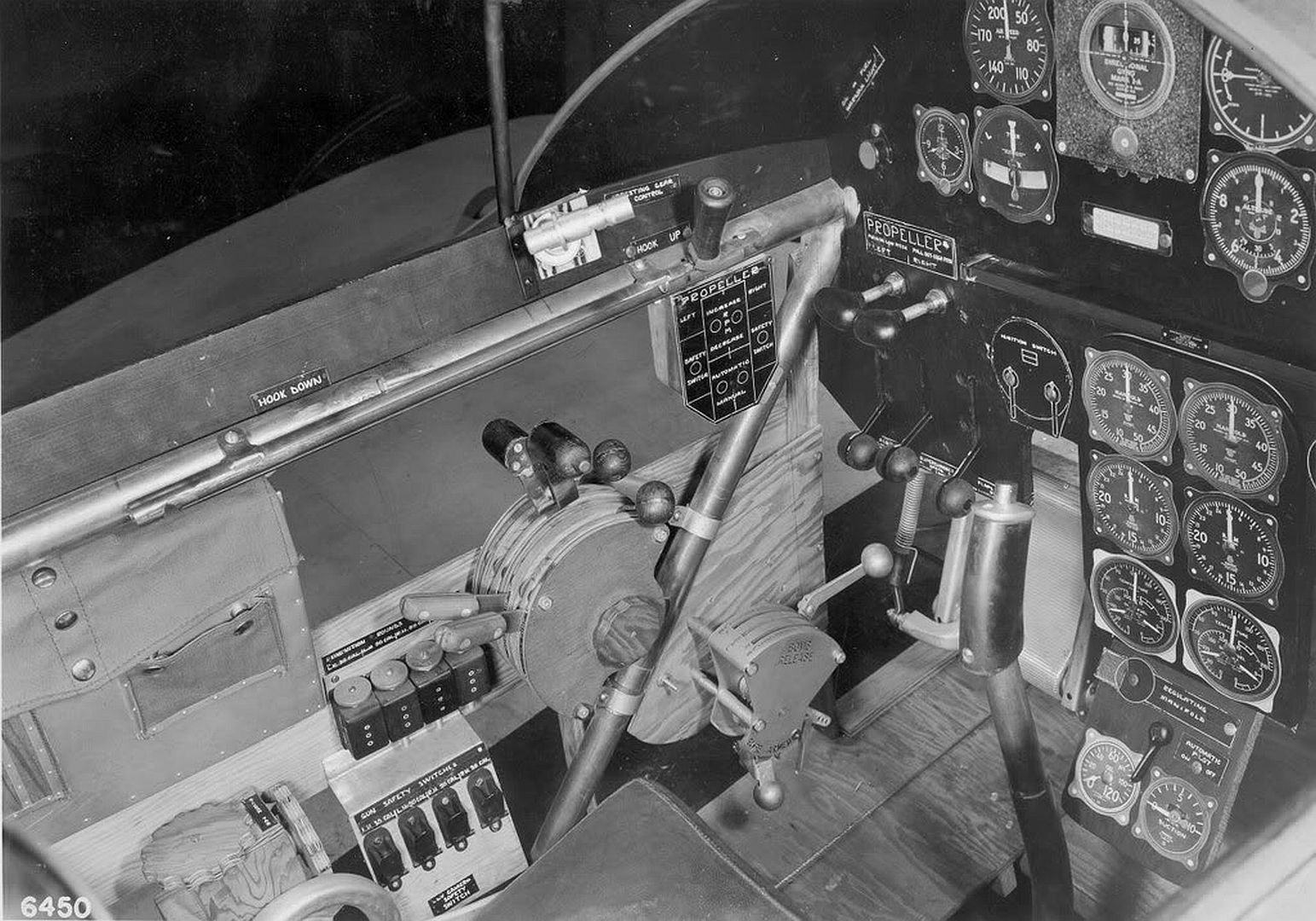
Enjoy the rest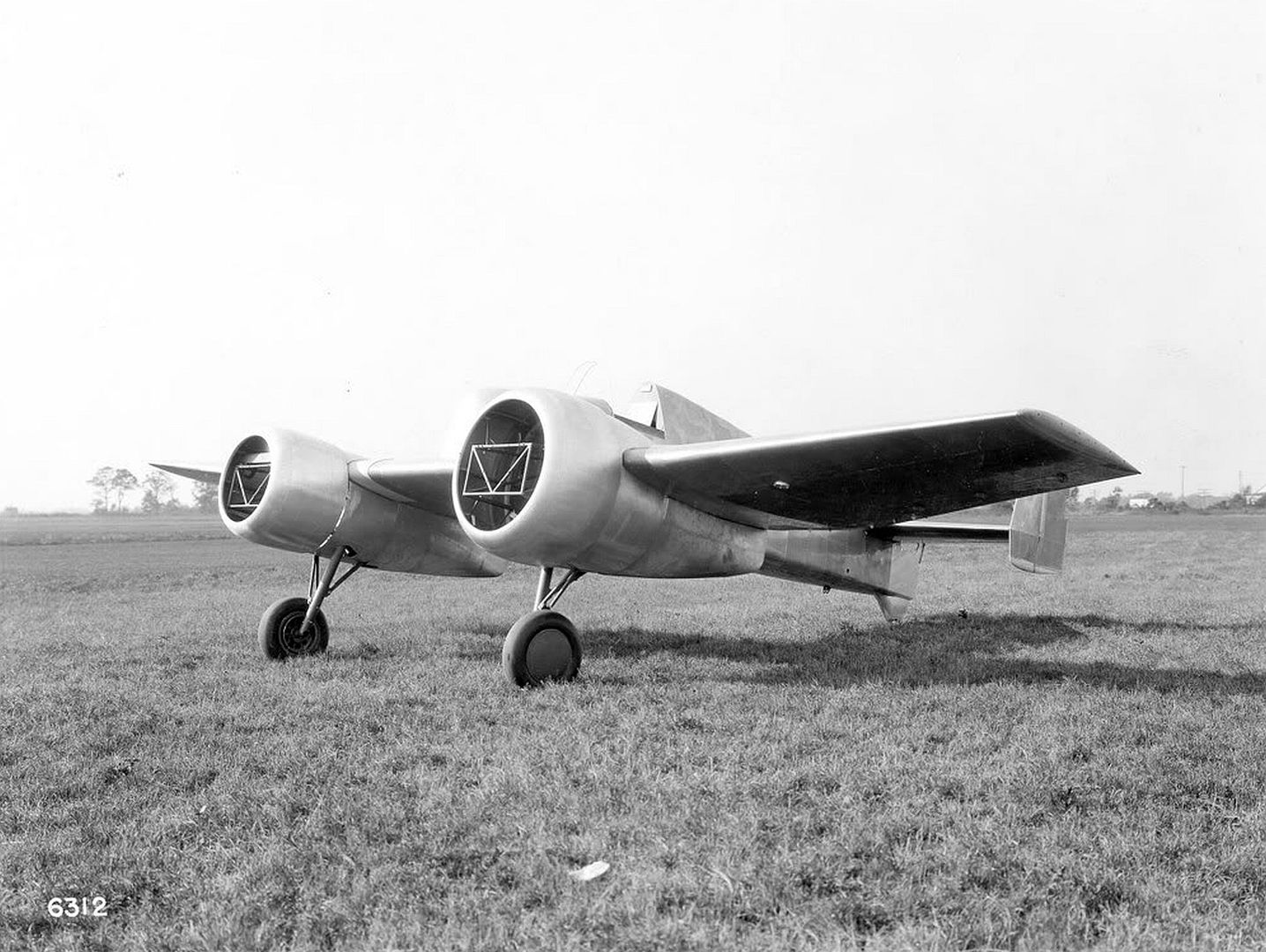
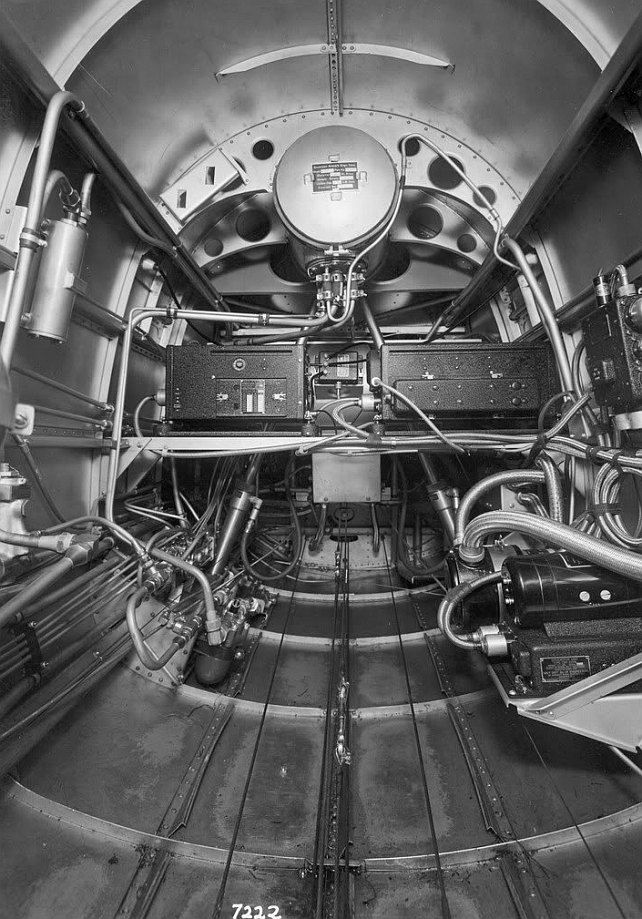
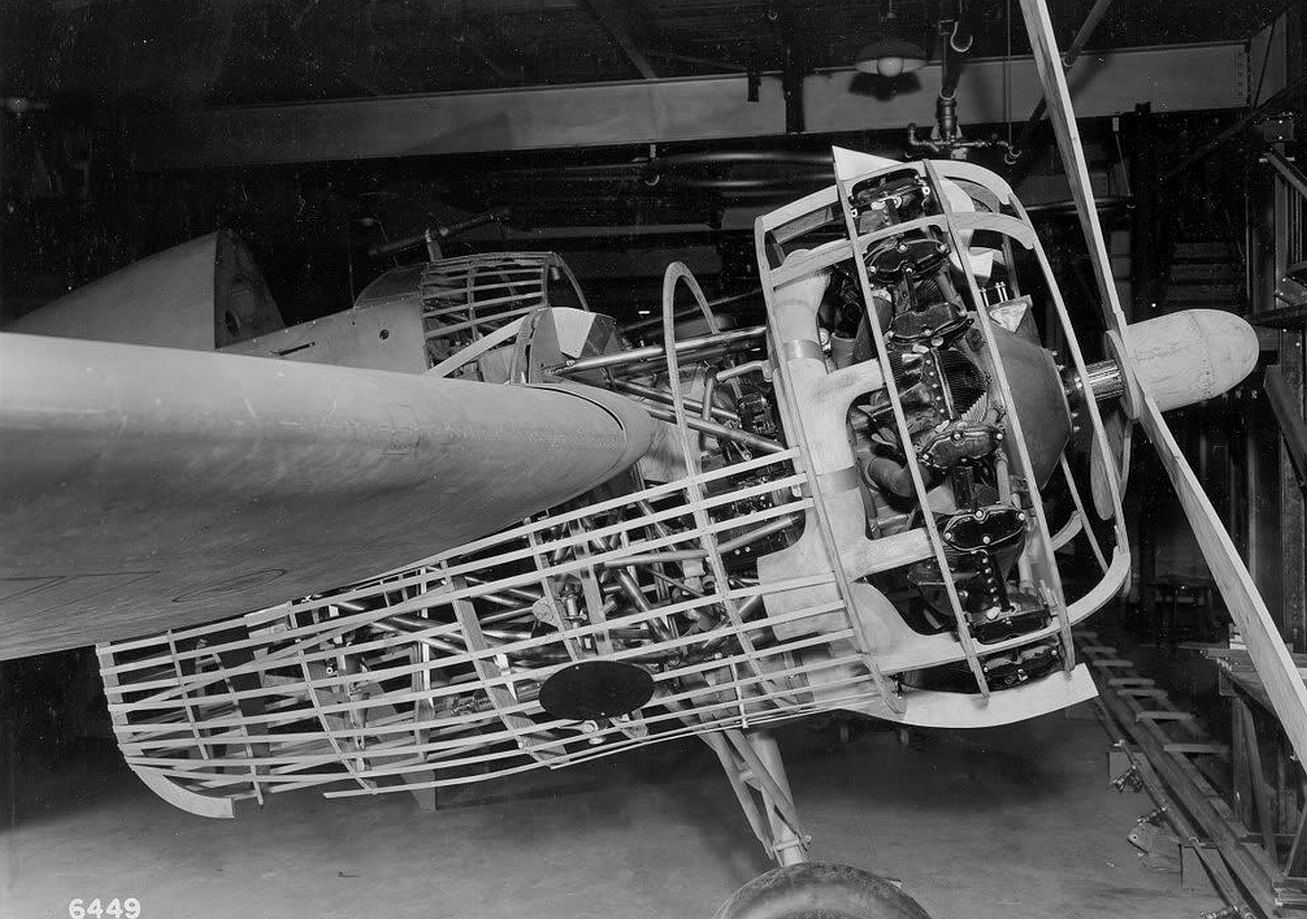
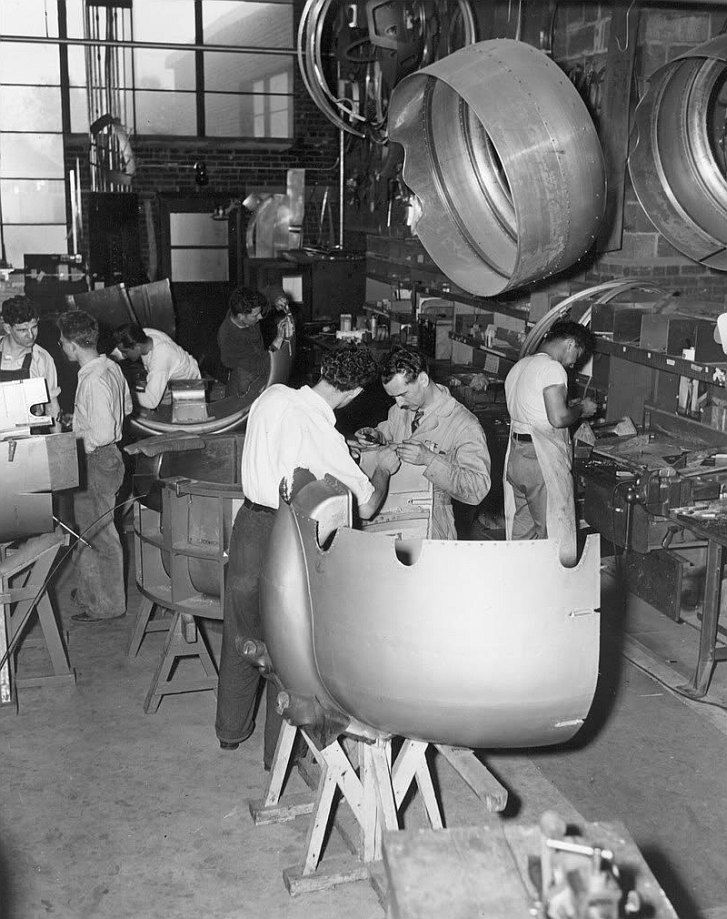
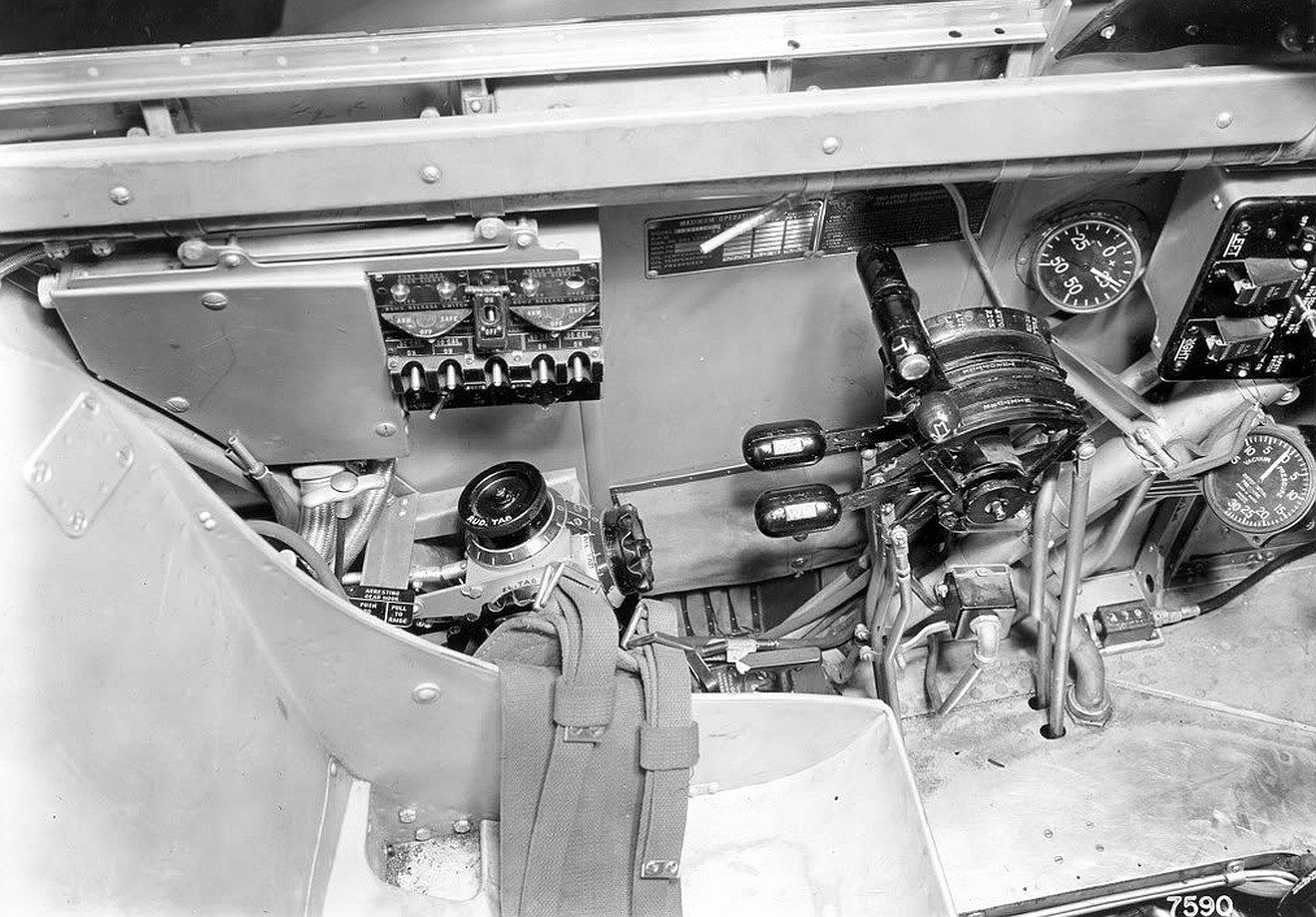
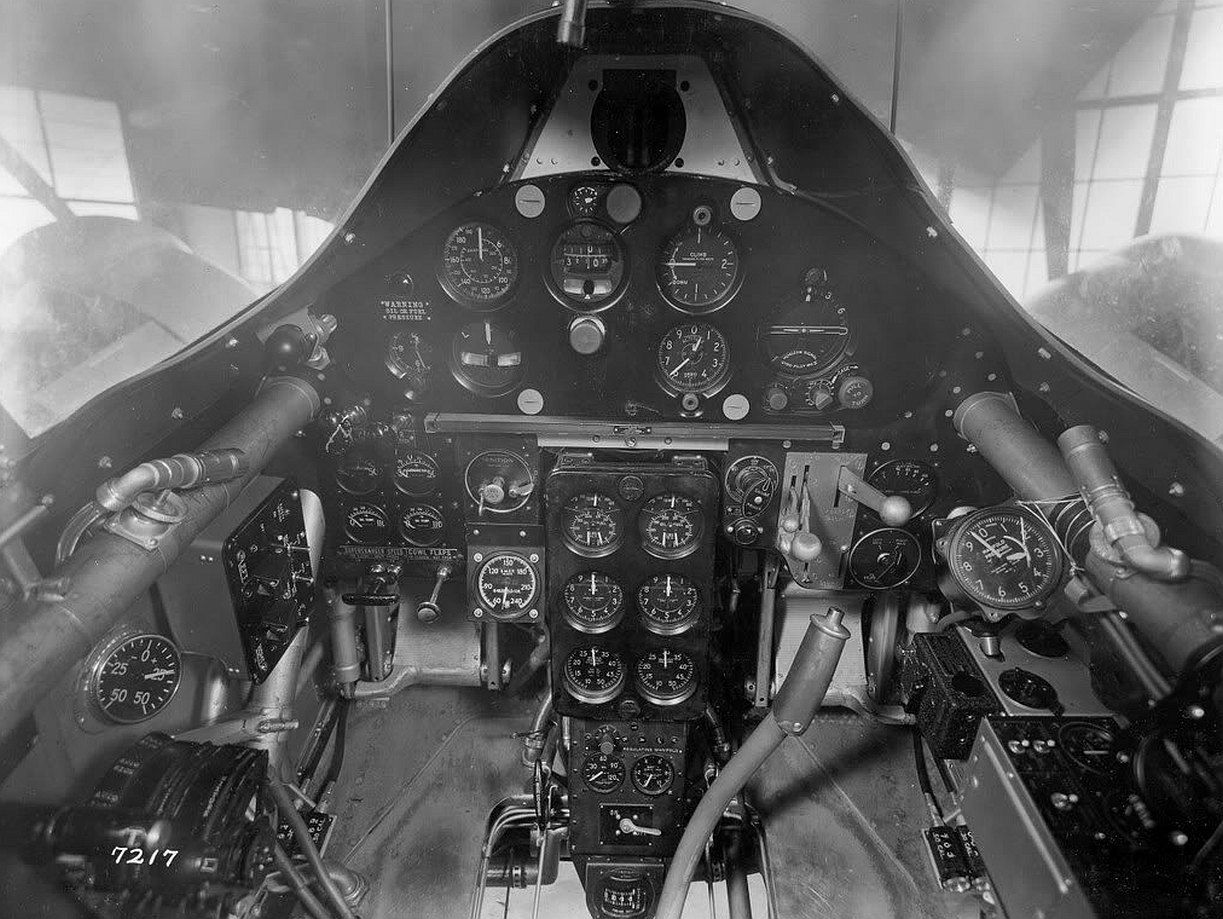
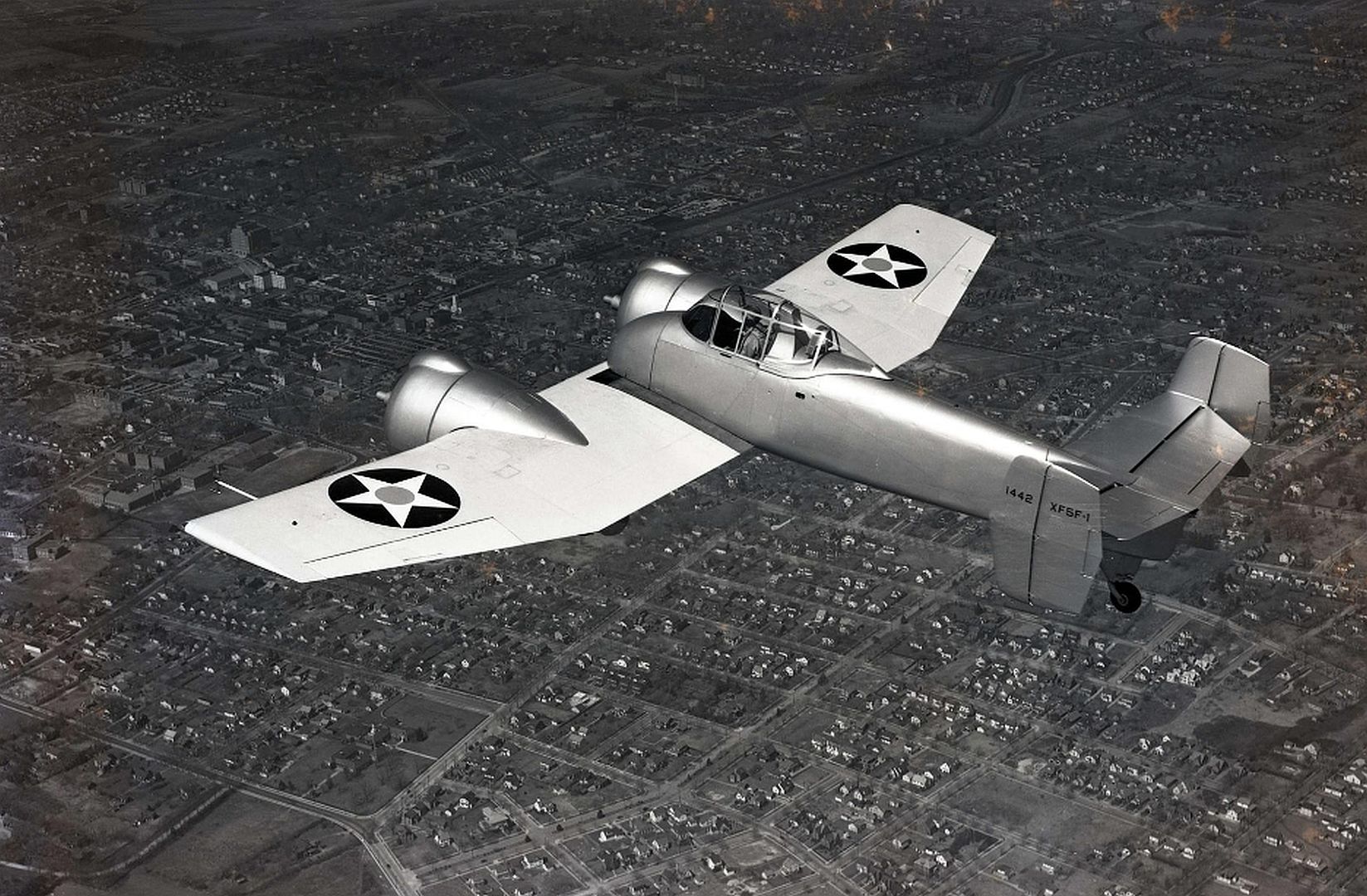
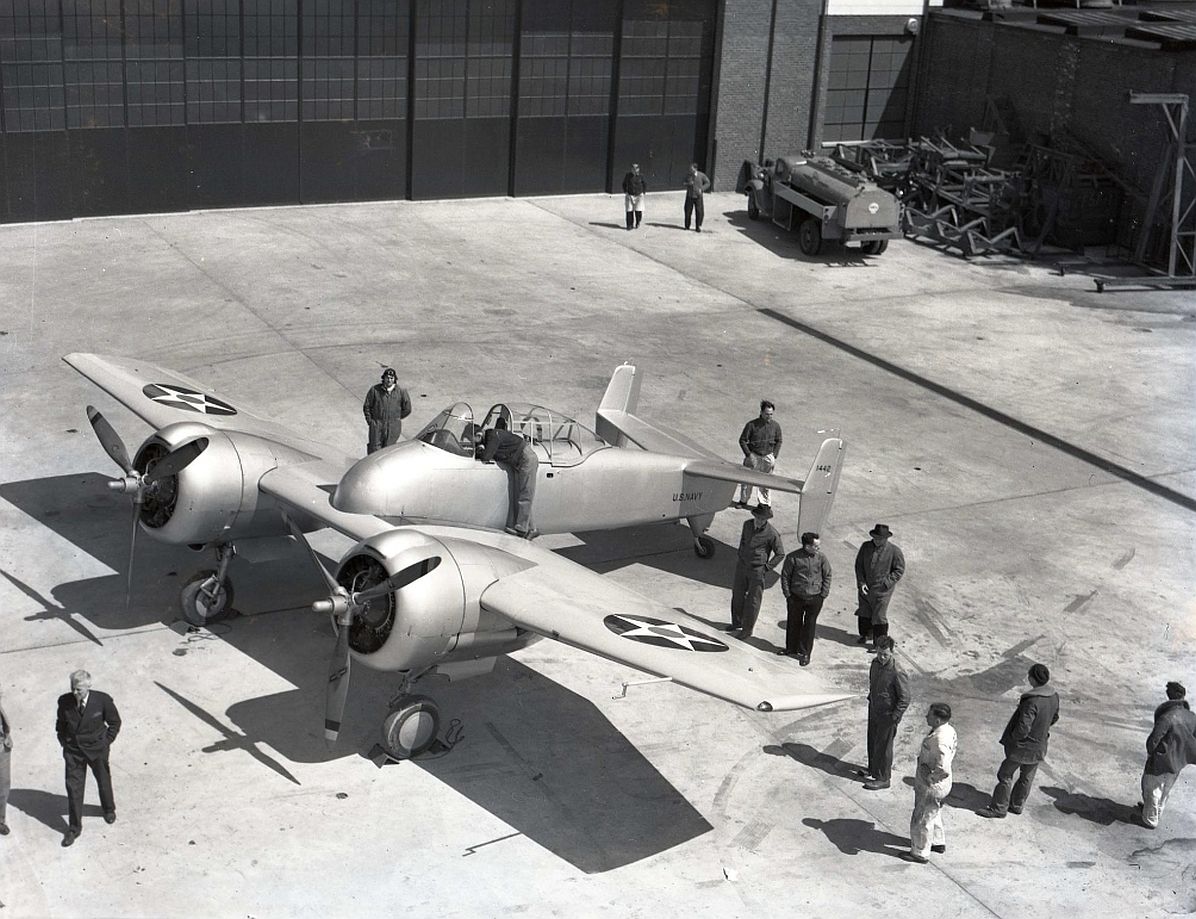
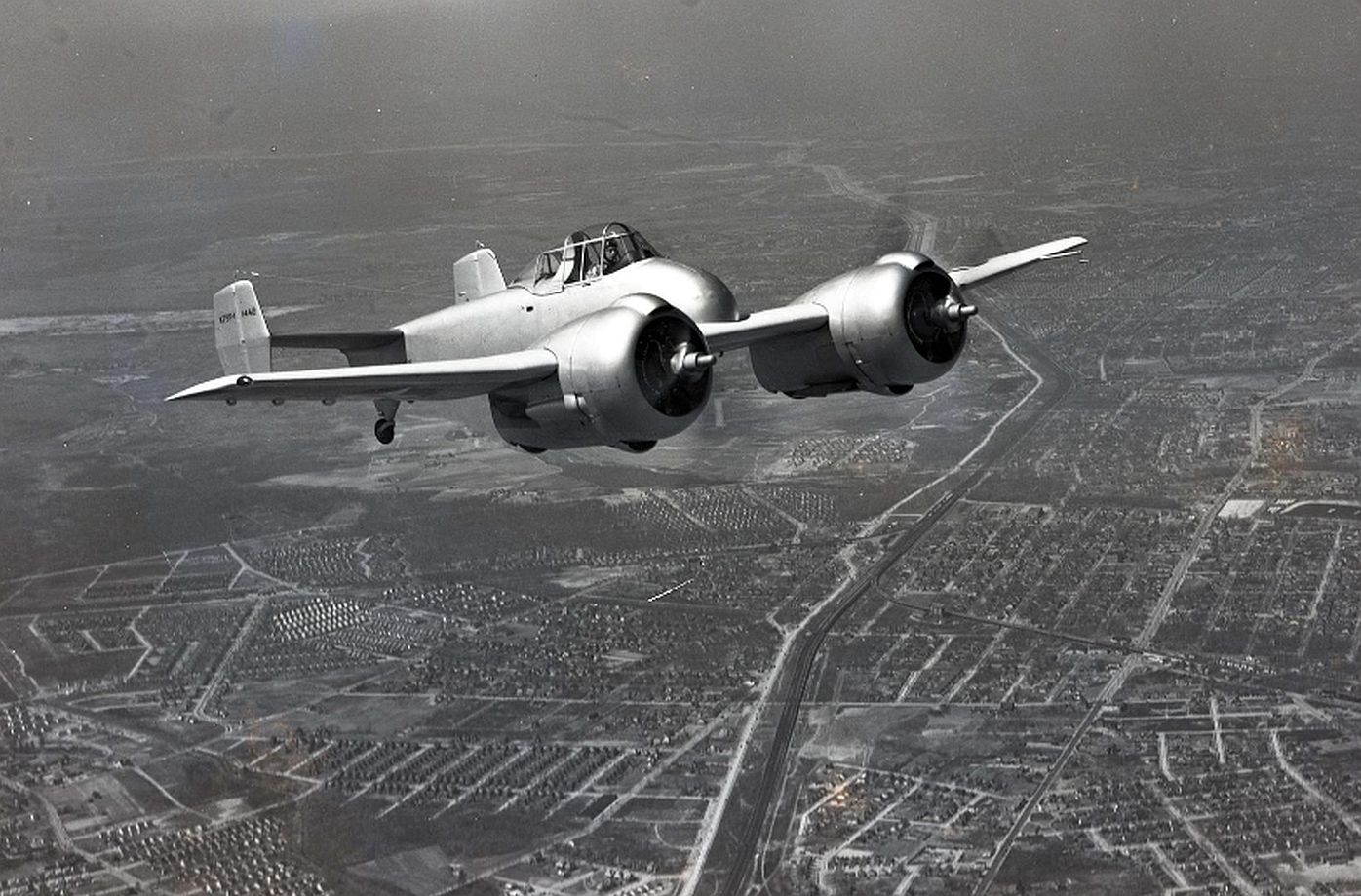
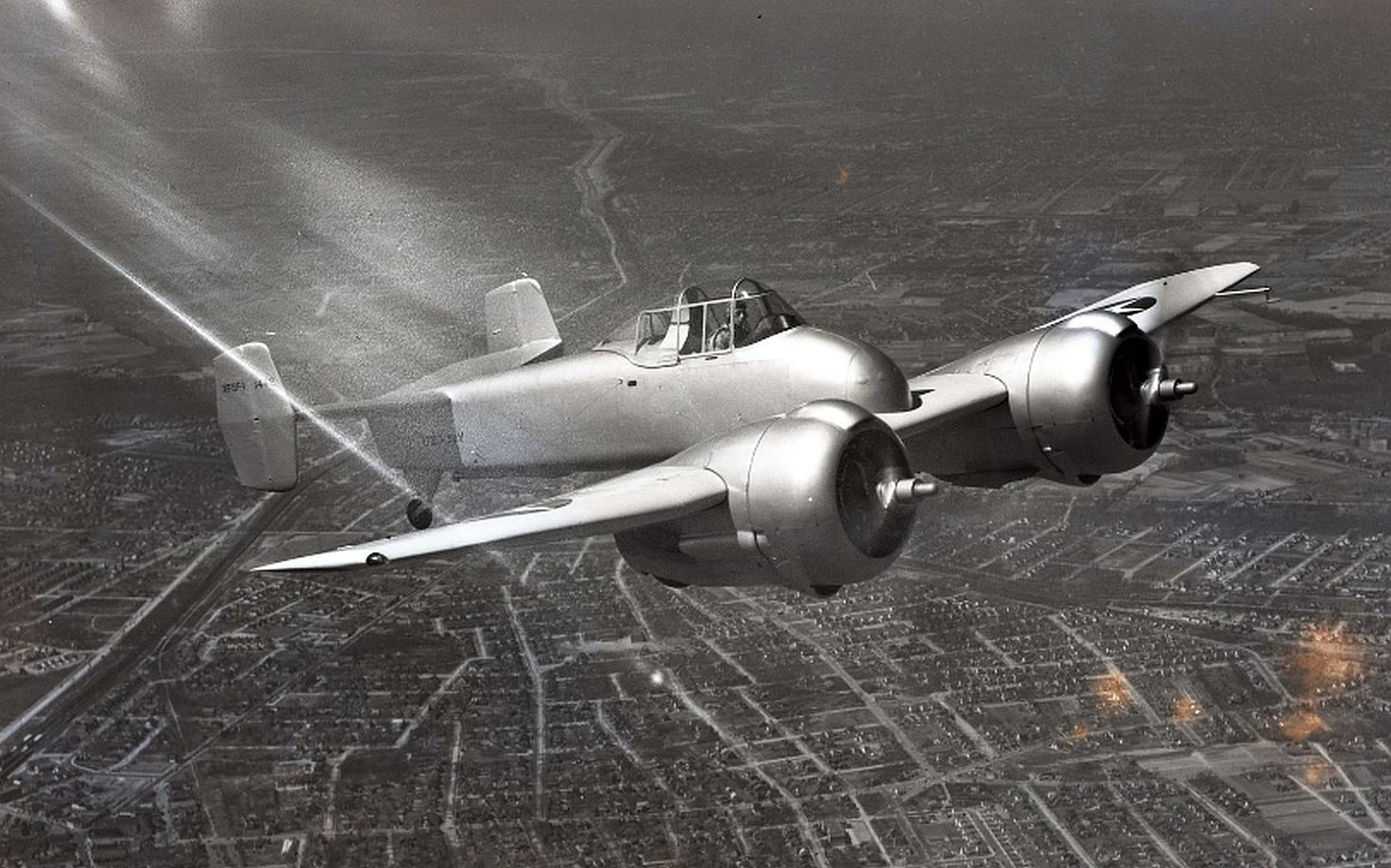

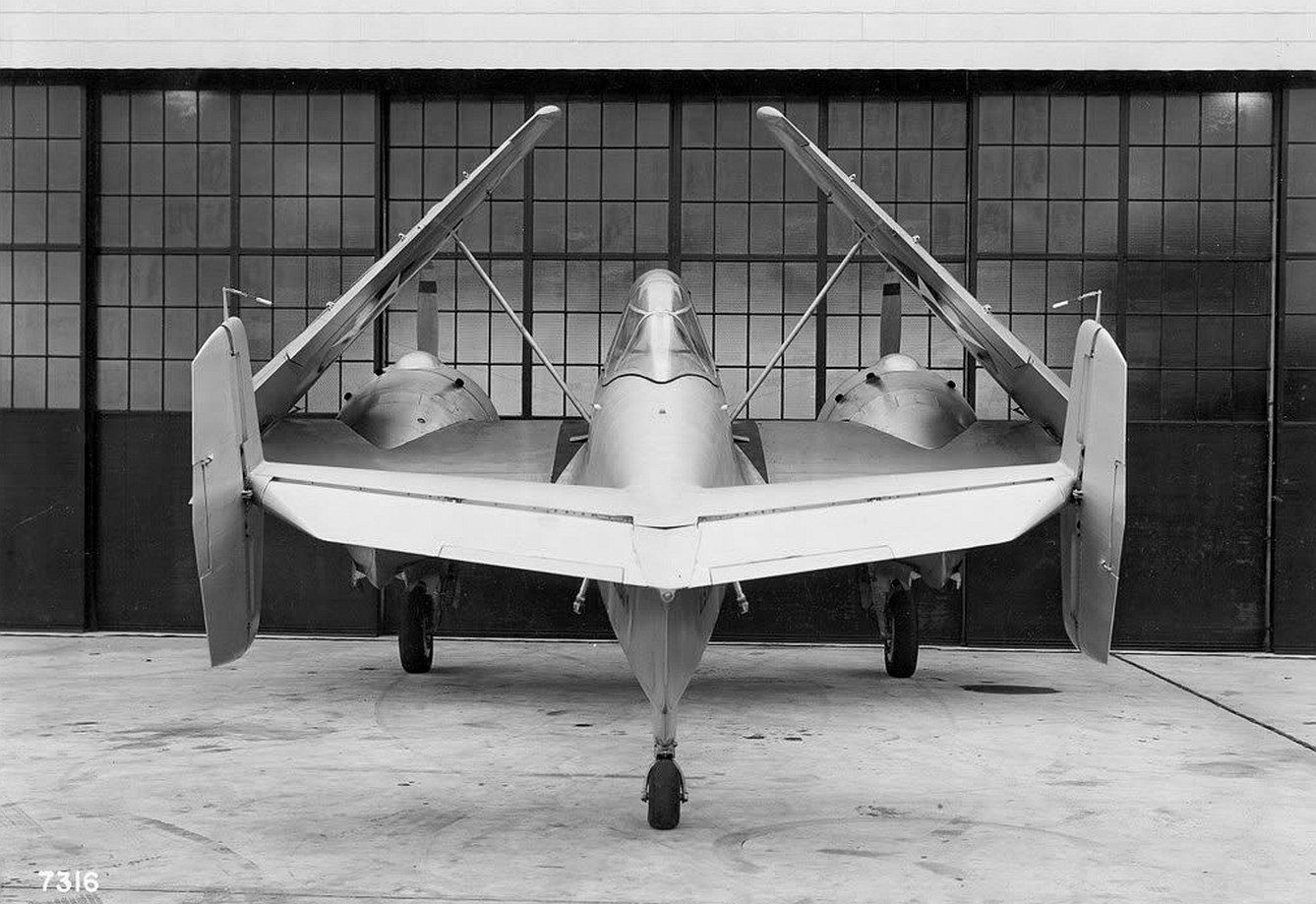
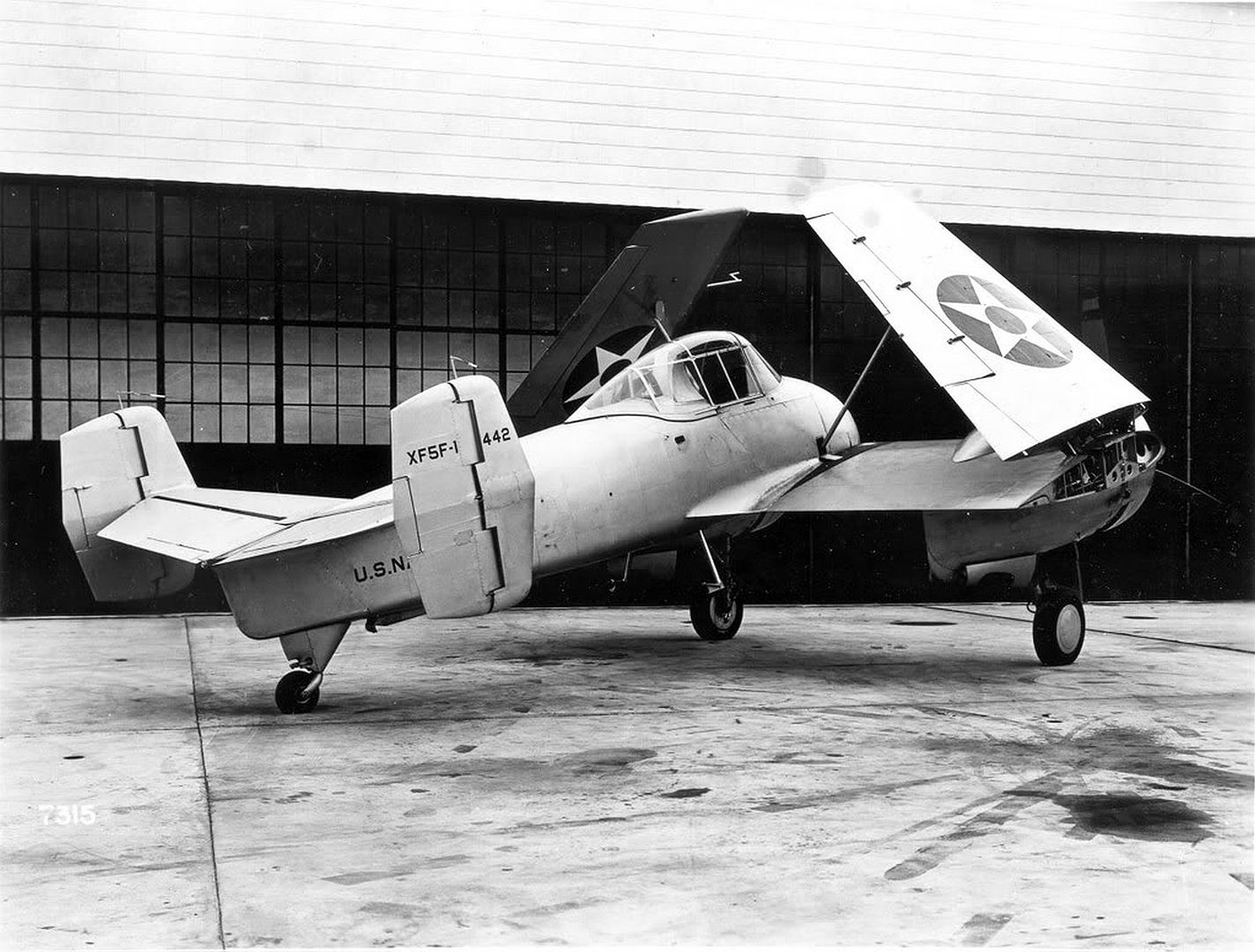
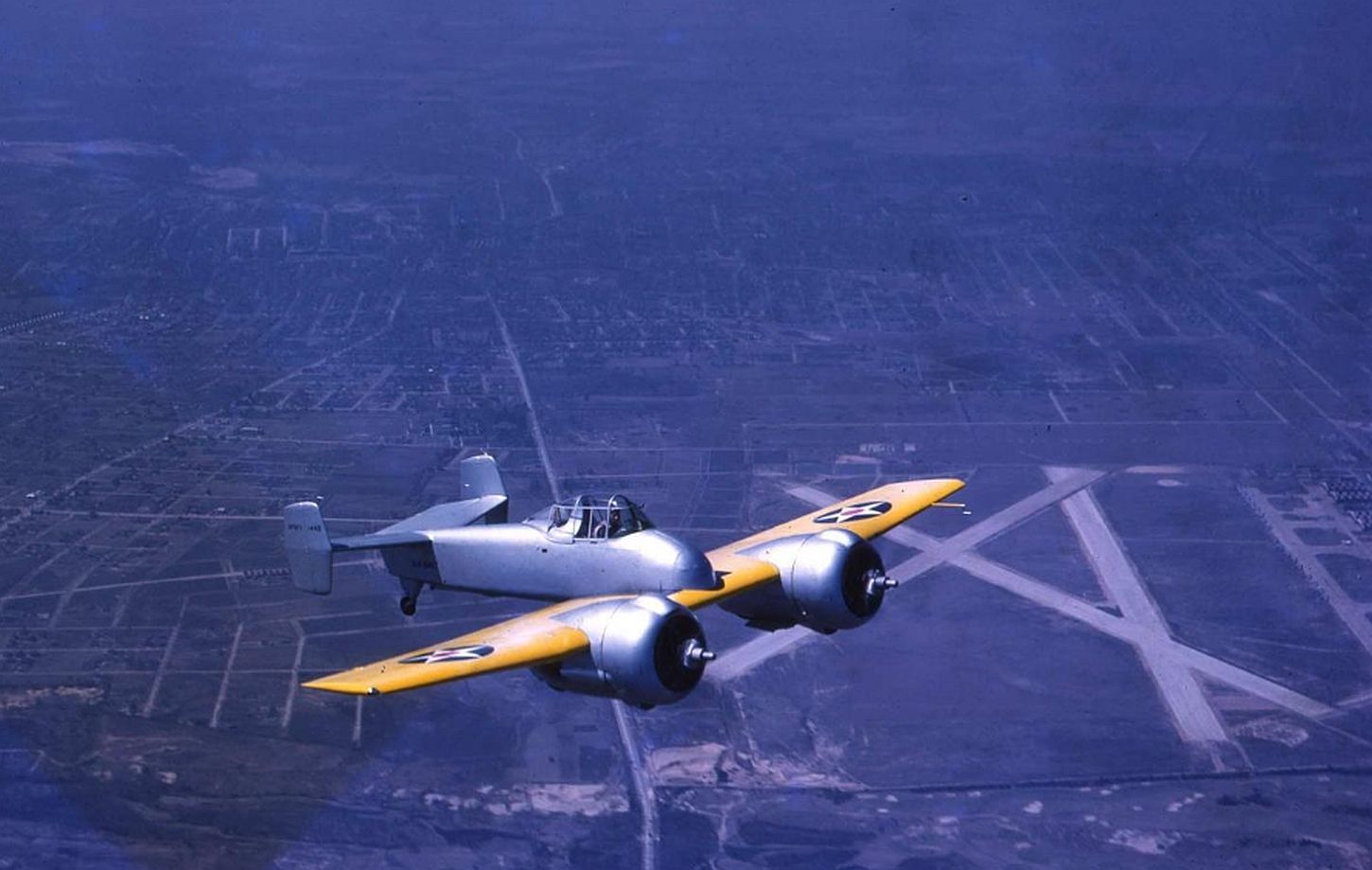
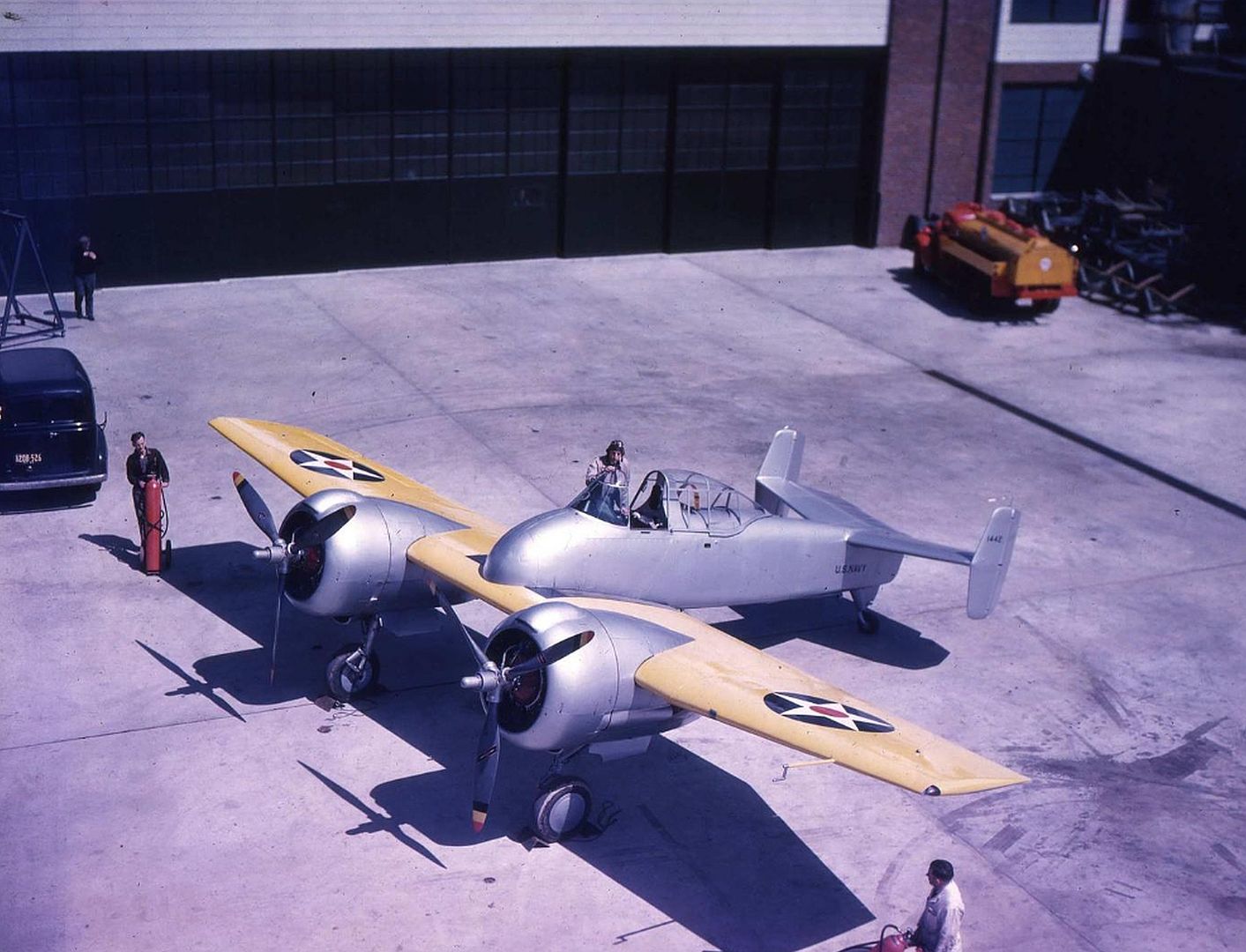
General characteristics
Crew: 1
Length: 28 ft 9 in (8.76 m)
Wingspan: 42 ft (12.80 m)
Height: 11 ft 4 in (3.45 m)
Wing area: 303.5 ft2 (28.2 m2)
Empty weight: 8,107 lb (3,600 kg)
Loaded weight: 10,138 lb (4,600 kg)
Max. takeoff weight: 10,900 lb (4955 kg)
Powerplant: 2 ? Wright XR-1820-40/42 Cyclone nine cylinder radial air-cooled engine, 1,200 hp (895 kW) each
Performance
Maximum speed: 383 mph at sea level (616 km/h)
Range: 1,200 mi (1,800 km)
Service ceiling: 33,000 ft (11,000 m)
Rate of climb: 4,000 ft/min (1,220 m/min)
Armament
4 ? 0.5 in (12.7 mm) machine guns
2 ? 165 lb (75 kg) bombs
Post a reply
- Go to Previous topic
- Go to Next topic
- Go to Welcome
- Go to Introduce Yourself
- Go to General Discussion
- Go to Screenshots, Images and Videos
- Go to Off topic
- Go to Works in Progress
- Go to Skinning Tips / Tutorials
- Go to Skin Requests
- Go to IJAAF Library
- Go to Luftwaffe Library
- Go to RAF Library
- Go to USAAF / USN Library
- Go to Misc Library
- Go to The Ops Room
- Go to Made in Germany
- Go to Campaigns and Missions
- Go to Works in Progress
- Go to Juri's Air-Raid Shelter
- Go to Campaigns and Missions
- Go to Works in Progress
- Go to Skinpacks
- Go to External Projects Discussion
- Go to Books & Resources
